International Heritage Centre blog
‘Our own private ball of sun’: archives shed new light on 5 Ravensworth Terrace
‘Our own private ball of sun’: archives shed new light on 5 Ravensworth Terrace
Back in 2018, we were involved in the research for the second series of the BBC2 programme A House Through Time, presented by David Olusoga. (Read our May 2019 blog to find out more.) The third series, which is currently being broadcast on Tuesdays at 9pm, explores the fascinating history of 10 Guinea Street in Bristol but the second focussed on 5 Ravensworth Terrace, a Georgian townhouse in Newcastle which had, for 18 years of its long and colourful life, been The Salvation Army’s Sir Cecil A Cochrane Goodwill Centre. We shared all the information we could find at that time with the programme’s research team but as often happens in archives, new records have since come to light which add to our understanding of this house’s rich history and the wider social history of which it formed part.
Since the series was broadcast we have carried on our daily work of cataloguing new and old accessions to our archives and one of the slightly older accessions that we have recently had the opportunity to catalogue is the personal papers of Brigadier Lilian Riches. Donated to us in several parts between 1998 and 2008 by Brigadier Riches herself, the collection is a wonderful mix of personal, institutional and social history.
Lilian Riches was born in 1917 and became a commissioned officer of The Salvation Army in 1939, having previously been a soldier (lay member) at Northampton Citadel. Her first officer appointment was to Canning Town Slum Post and this marked the beginning of a lifelong career as Goodwill officer. A varied and challenging branch of ministry, Goodwill work was Lilian’s vocation and she became fascinated with its origins and development. In the 1980s, after her retirement, she began to research and document its history. Letters in her personal papers reveal that there were plans for her research to be officially published by The Salvation Army as a book but for reasons unknown, this never happened. However, Lilian did deposit all of her research with the Heritage Centre in case there should be a revival of interest in the future. Augmented by extracts from her personal diaries, photographs and documents from her own career, her papers form one of the most valuable sources we have about The Salvation Army’s Slum and Goodwill work in the nineteenth and twentieth centuries. As my colleague Steven mentioned in his May 2019 blog, sadly very few records from Salvation Army Goodwill Centres have survived so this makes Lilian's papers all the more significant.
In the course of her long career as a Goodwill officer, Lilian lived in the most deprived areas of several British cities providing all manner of assistance to her neighbours. Her papers document activities as diverse as childminding, visiting the sick, negotiating with debt collectors, writing to MPs on behalf of families threatened with eviction and acting in an advisory capacity to local authorities. She spent time living in London, Hull, Southampton, Sunderland, Cardiff, Brighton and, from 1959 to 1965, Newcastle. This meant that she oversaw the transfer of the Newcastle Goodwill Centre from 34 Grove Street to 5 Ravensworth Terrace in 1964 and was the first officer to live and work in the new Sir Cecil A Cochrane Memorial Goodwill Centre.
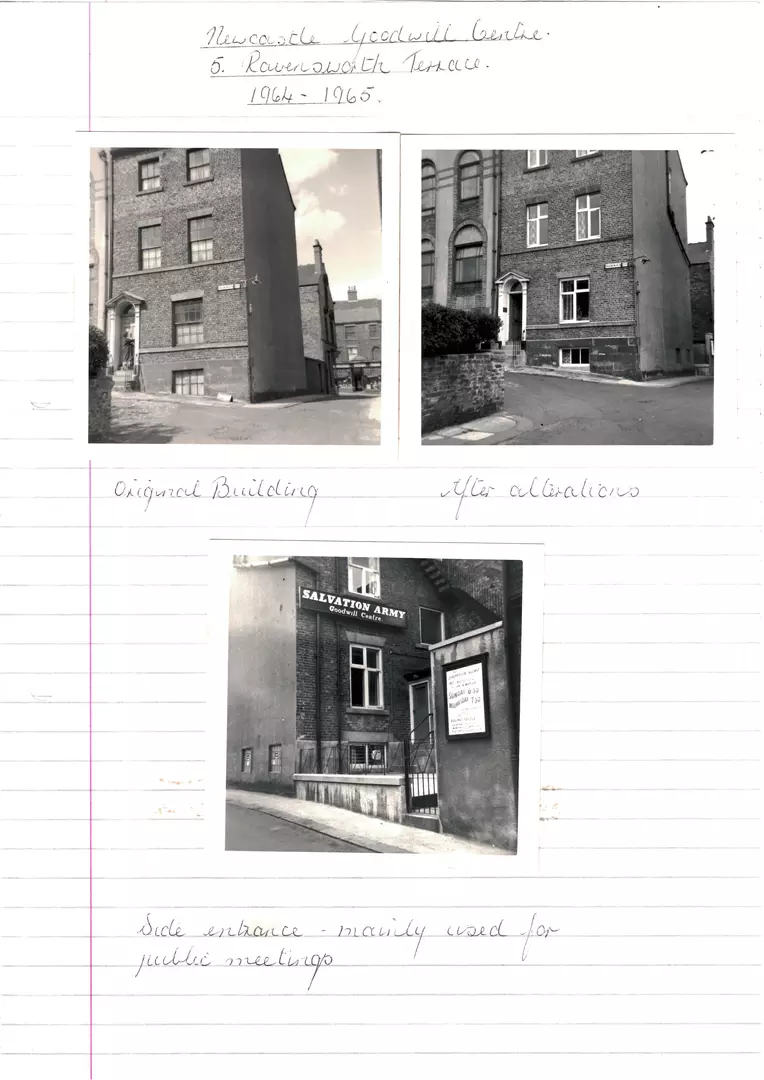
Below are some extracts from Lilian’s papers which relate to the house and Lilian’s impressions of it. Her writing—particularly her wonderfully poetic diary—paints a remarkably vivid picture of what life was like in the Centre as well as for people in the surrounding neighbourhood. Poignantly, Lilian died in December 2018 so she just missed seeing the Goodwill work that she was so passionate about and one of her own Goodwill Centres featured on primetime BBC television. However, there is consolation in the fact that the papers she had the foresight to deposit with us can add something more to our knowledge now.
Newcastle
The Sir Cecil Cochrane Goodwill Centre
5 Ravensworth Terrace, Newcastle upon Tyne
At long last property was bought, adapted and furnished with money from the Sir Cecil Cochrane Trust Fund. This was brought about through the interest of the local PR Officer and the caring support of the National Goodwill Secretary.
This end of terrace large house overlooked a bowling green and children’s playpark. Situated as it was near the centre of the city, access from all areas was fairly easy.
It was but two minutes’ walk from our main working district and only yards from a sub-post office where elderly people, as well as young mothers, could call for allowances.
The ground floor rooms were structurally altered to make the main meeting room. The semi-basement fitted out for kitchen and clubrooms.
The rooms were light, mostly south facing with a view of the hills of Durham.
Across the cobbled private road was our garden. It was wonderful to be able to touch the sunlight on the grass. There was a little summer house and a laburnum tree, it made us feel like proud possessors of our own private ball of sun when springtime arrived.
With the nucleus of our faithful supporters we commenced activities and was [sic] secretly pleased to note that the Home League was becoming a company of ladies representative of all age groups. All integrating naturally.
The specialised contacts continued. Callers in distress now made their way to the Centre and were delighted to have the ready use of a small hall for interviews.
After one year farewell orders arrived…
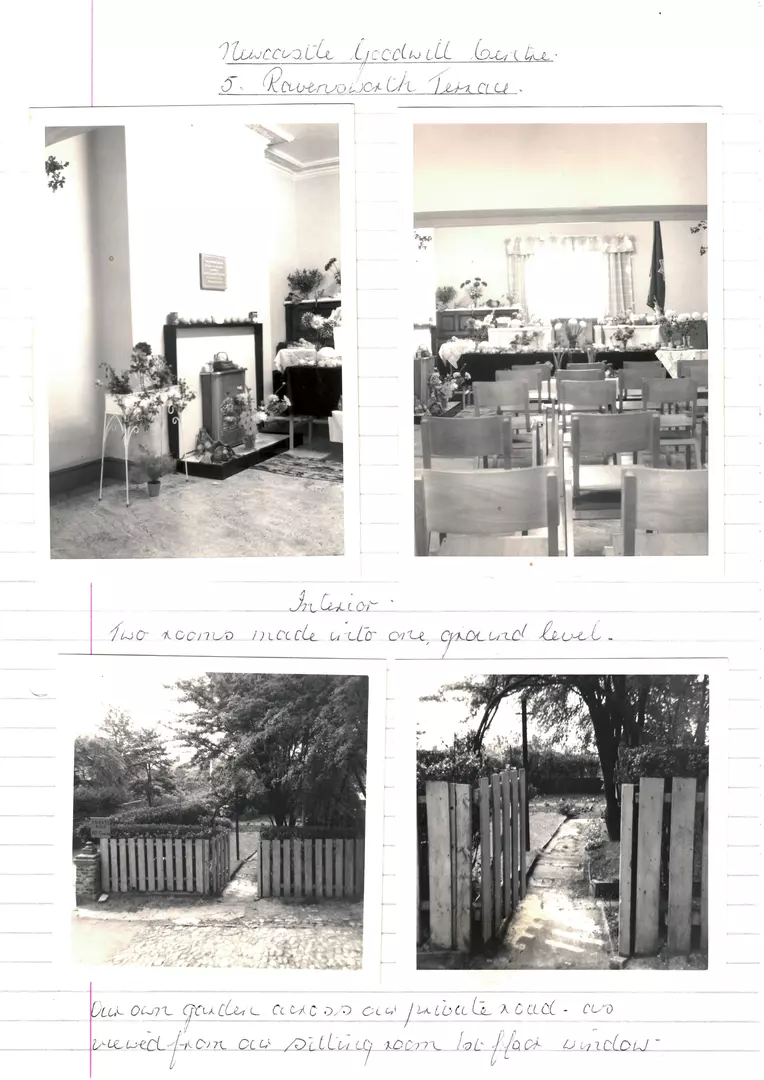
In May 1965 we left Newcastle.
Eighteen years later [1983] whilst on holiday in the north I revisited the area in Newcastle.
A rebuilding programme had taken place around the old hall and quarters. In some areas the old signs of distress were still obvious.
The new Sir Cecil Cochrane Goodwill Centre was empty. A notice board hung near a broken upstairs window with the sign FOR SALE.
In the rear yard a man’s cap lay over the drain (one hoped he hadn’t slipped down), the little dustbin shed could provide (and no doubt did) shelter for the homeless.
The garden fence and its little gate had disappeared. An overgrown tree blocked out any distant view of the Centre. A small hole in the thick glass of the basement window revealed still some of the kitchen utensils (sadly unemployed). The neighbouring houses appeared to be multiple occupied as before. Next door the Jewish Synagogue was also empty.
The work of the Goodwill Centre had been closed down, its tentacles no longer reach out to the distressed within and without the city.
Diary Feb 1965
1st anniversary of day we moved into Ravensworth Terrace
Wed Feb 3rd
It is, oh joy, just one year to this day that we, Captain Vera and I and ‘Chip’ the cat tumbled into this house.
Ann, Mrs Brigadier Dutfield, had come on ahead to light a fire and receive us when we came with the removers.
The sun shone and although it was very very cold, so long as we were in we did not care. Did not care about the bare boards, which we were to have for some weeks to come, nor the one and only pair of bedroom curtains which we took down to put up in the Colonel’s bedroom when he had to make a hurried visit to the place.
I remember how excited we were. We couldn’t wait for the day to pass to see what it would be like to sleep here and I couldn’t wait for the night to pass to see what it would be like to wake up here.
The sun seemed to shine everywhere. As the days passed into weeks and weeks into months, so more and more the beauty of the sky, the trees, the garden, the distant hills, the sunsets and many many lovely things became real to us.
They did not slip away as if in a dream. The only dreams now are the occasional nightmare that we are back in the gloomy rooms where we lived for five years trying to peer through the darkness to see a patch of sky.
Well the thrill returns again today. Perhaps it has never left me, for daily I can see the bare branches of trees and wonder at the miracle of the beauty they contain. The lovely yellow boughs will soon be covered with their laburnum flowers.
Back to earth I’ve visited another creditor – wrong address and no reply. The evening meeting was attended by six of us, but sincere worshippers were present.
A pair of newspaper clippings among Lilian’s papers tell of a very sad episode in the Goodwill Centre’s first month when it was turned into a temporary first-aid post following a gas explosion in a neighbouring house. At first there was thought to have been one fatality from the explosion but a post-mortem subsequently revealed that the death had been caused by gas poisoning several hours before the explosion. It was discovered to be the tragic outcome of fuel poverty – an unemployed man who could not afford to pay for gas to keep himself and his children warm and fed during the winter months had attempted to short-circuit the gas supply. It is a stark example of the distress that made the Goodwill Centre needed in the area.
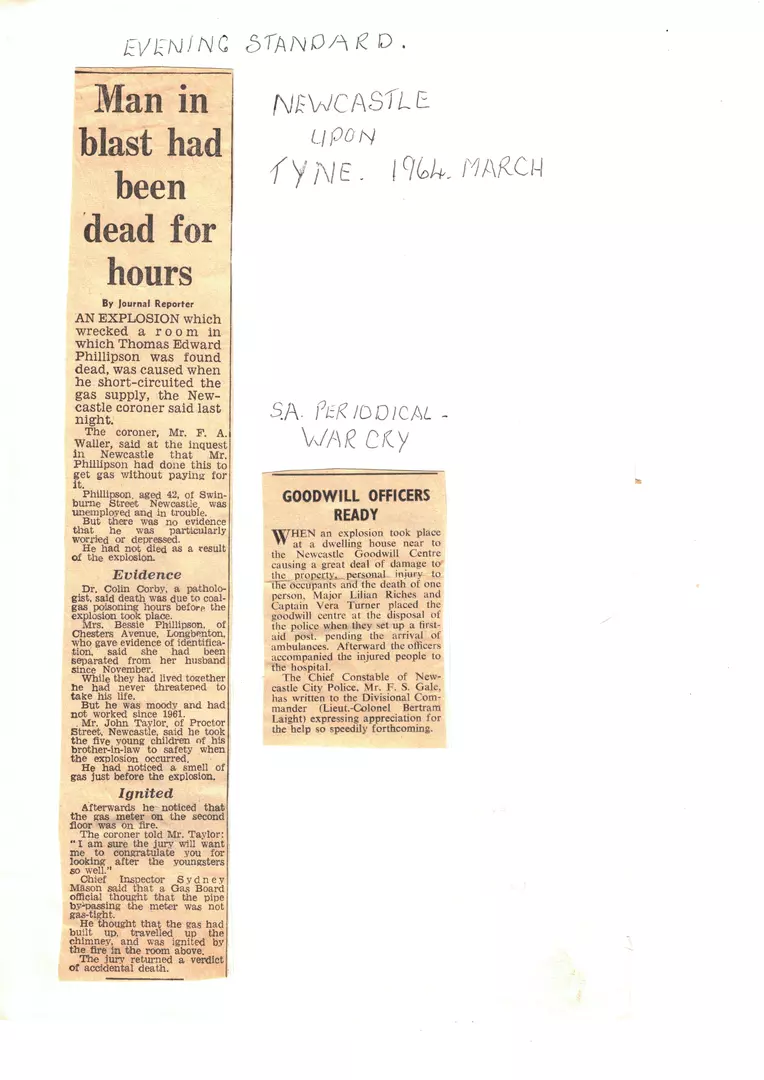
Ruth
June 2020
Read other blogs from the Heritage Centre
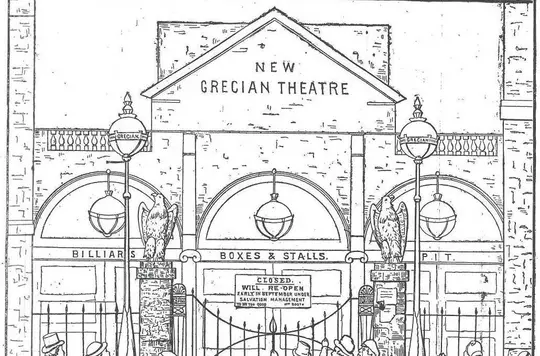
Tales from the Theatre
Archive Assistant, Chloe, reflects on the role that theatres and musical halls played in the formation of the Christian Mission.
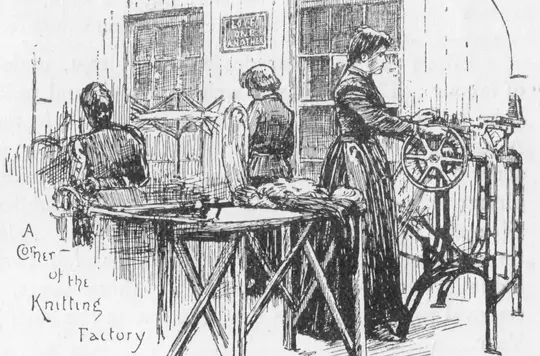
Guest blog: Location, Location, Location
This month we have a guest blog from our Birkbeck University intern, Imogen, exploring the who, what and why of The Salvation Army's east end Knitting Home...
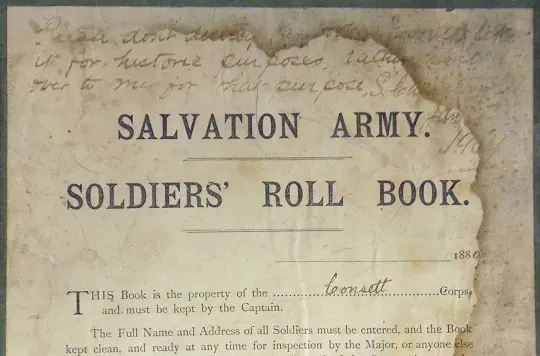
Two hundred boxes
The International Heritage Centre has over two hundred boxes containing material from British corps...
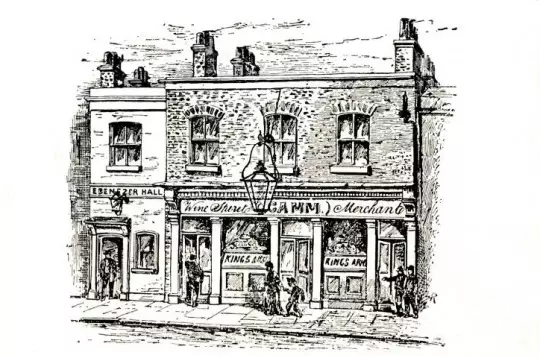
Profitable Reading? Fiction in Nineteenth-Century Salvation Army Periodicals
From its beginnings as the Christian Mission, The Salvation Army was (and still is) a prolific publisher...